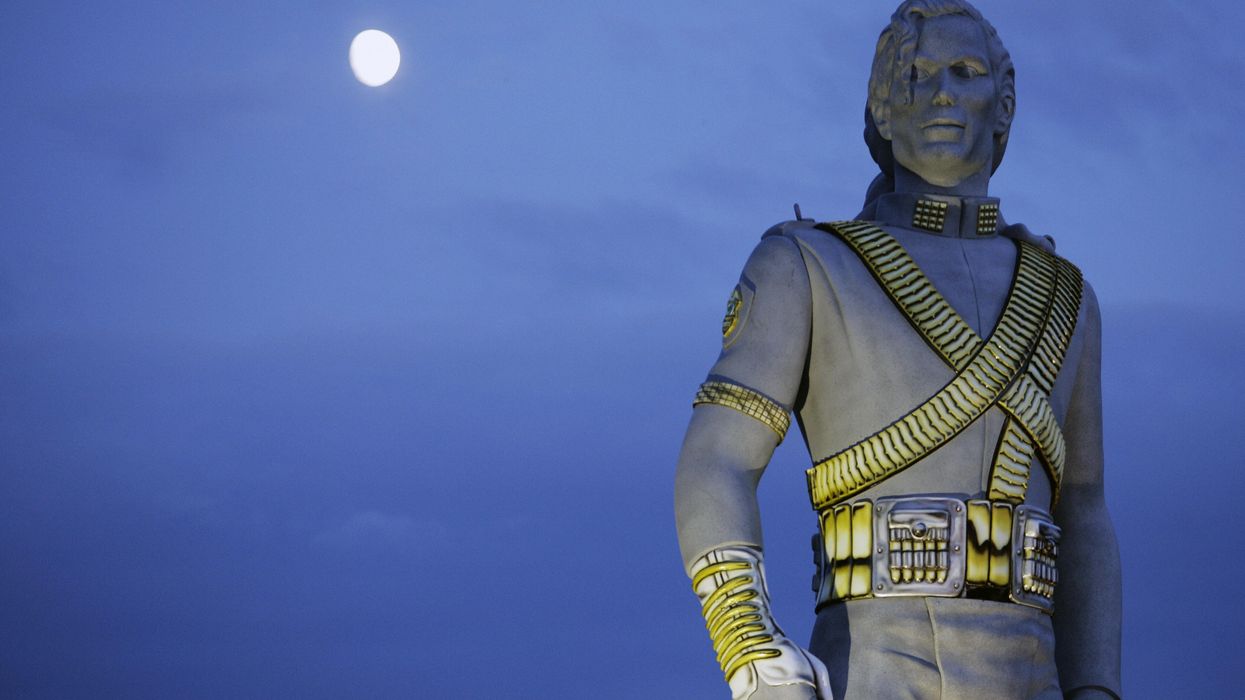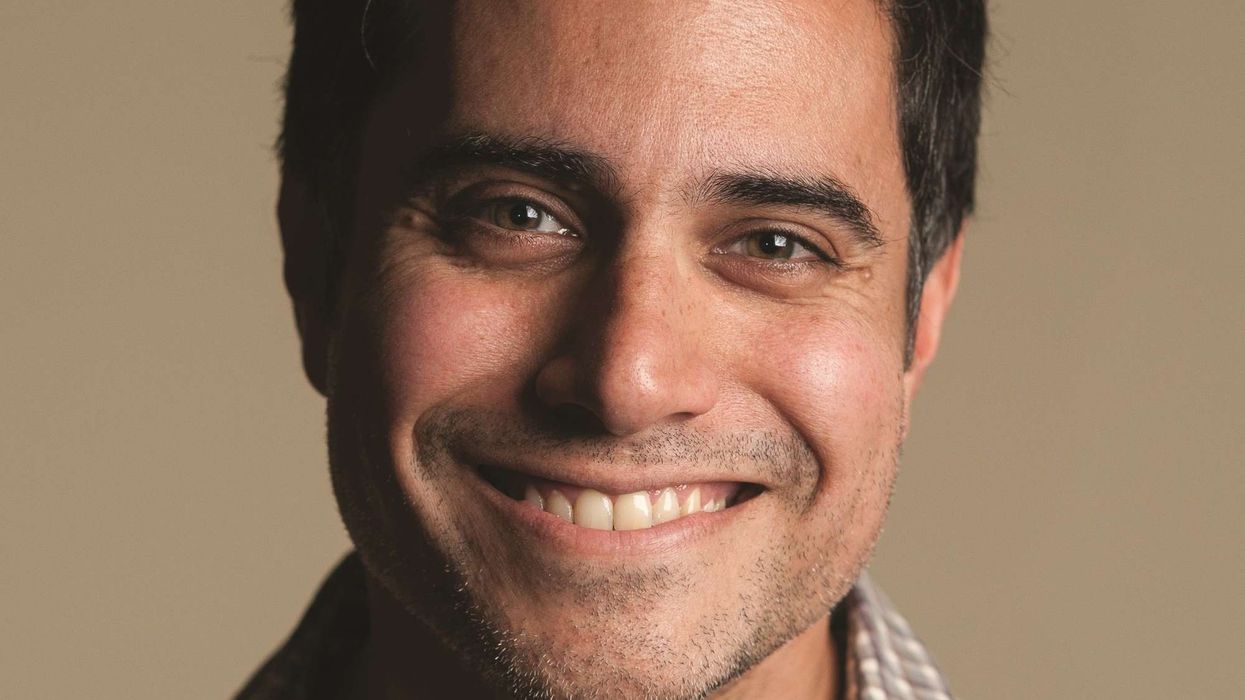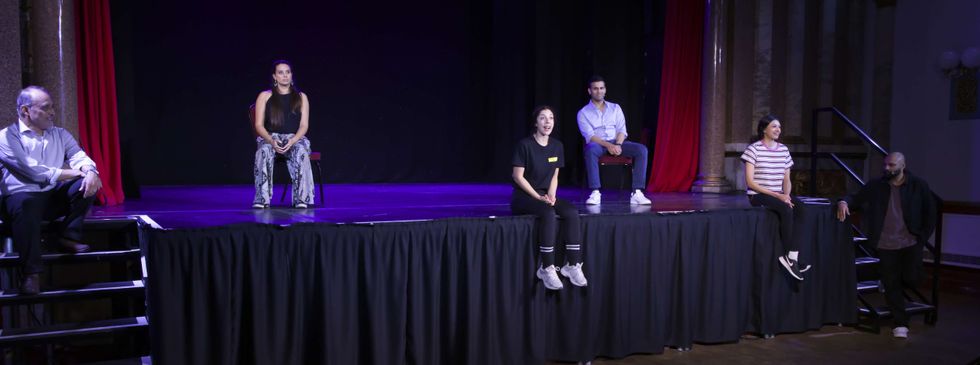Key points
- Ten giant Michael Jackson statues were built in 1995 to promote his HIStory album
- The 32ft figures appeared around the world and followed him on tour
- Some remain visible in places like Switzerland, Italy, and South Africa
- Others have been removed or stored due to controversy after Jackson’s death and allegations
- Owners now face challenges selling, relocating or preserving the monuments
A colossal promotion campaign
In June 1995, Londoners witnessed an unusual spectacle: a 32ft statue of Michael Jackson being floated down the River Thames. It was part of a global promotional campaign for Jackson's HIStory: Past, Present and Future, Book I album. A total of ten fibreglass statues were made, all modelled on the album cover image, and they accompanied the singer on his worldwide tour.
The statues were the product of a transatlantic effort. American sculptor Diana Walczak worked closely with Jackson to design a clay prototype. In the UK, artist Stephen Pyle oversaw the construction of the fibreglass versions, assisted by sculptor Derek Howarth and a team based at Elstree Studios. Built in just four months, the statues bore some differences from the original prototype due to limited access.
A statue above a Dutch McDonald's
One of the most well-known statues stood for years above a McDonald’s car park in Best, a village in the Netherlands. Restaurant owner Peter Van Gelder purchased the statue from Sony at a 1996 charity auction and installed it as a promotional feature.
The monument became a local landmark, drawing Jackson fans who visited regularly to celebrate the singer's birthday or commemorate his death. However, in 2019, following the release of the Leaving Neverland documentary which raised new allegations of child sexual abuse, McDonald's corporate headquarters in the US requested its removal. It now lies in storage, hidden under a tarp.
Van Gelder has considered donating it to a fan club, but due to its size, relocating it requires a building permit. “The interest in the statue is decreasing,” he notes.
From nightclub attraction to unsold collector’s item
In Austria, another statue stands in the courtyard of a closed nightclub west of Vienna. Franz Josef Zika, the former owner of The Baby'O, bought the statue at a radio charity auction in 1998 for around £9,300. Initially met with scepticism by family members, the statue eventually became a feature at the venue, placed in the smoking area and surrounded by bars.
The club closed in 2023 due to nearby residential development. Zika is now looking to sell the statue and has received interest from Sweden and Hungary but cites cost as a barrier. “Maybe I’ll send it to Mars. Elon will do this for me!” he jokes.
Fairground fixture in Switzerland
Another Jackson effigy resides with Luna Park, a long-running fairground event in Lausanne, Switzerland. Purchased in 2008 from a previous owner, the statue has been lightly refurbished, with gold accents added to its uniform. Although it has not been displayed in recent years, organisers confirmed it is not for sale.
Out of place in South Africa’s miniature world
Santarama Miniland in Johannesburg, once a popular educational park showcasing miniature replicas of South African landmarks, also hosts one of the Jackson statues. Despite the park being largely abandoned, the statue still stands, oddly juxtaposed against the park's "miniature" theme.
Blogger Heather Mason, who visited the park in 2013, described the scene as strange but memorable. “The MJ statue was the best photo op in the park,” she wrote.
Repainted and on sale in Italy
In Milan, Europark Idroscalo unveiled a freshly restored version of the Jackson statue in June 2019, just months after Leaving Neverland aired. A flash mob accompanied its reintroduction, and the statue was given new paint and sunglasses.
Park officials revealed the statue had previously been covered due to the allegations, and at one point modified to resemble a robot to distance it from Jackson's image. It is now up for sale once again.
Legacy in limbo

While some of the statues remain visible in unlikely corners of the world, many have been removed or hidden due to shifting public sentiment. For others, storage, cost, and controversy have made preservation difficult. Thirty years after their creation, the towering monuments to Michael Jackson's legacy now stand as both relics of a global pop campaign and reminders of a career clouded by enduring debate.







 The play is written by Tarun Jasani and directed by Mukul AhmedMGT
The play is written by Tarun Jasani and directed by Mukul AhmedMGT






